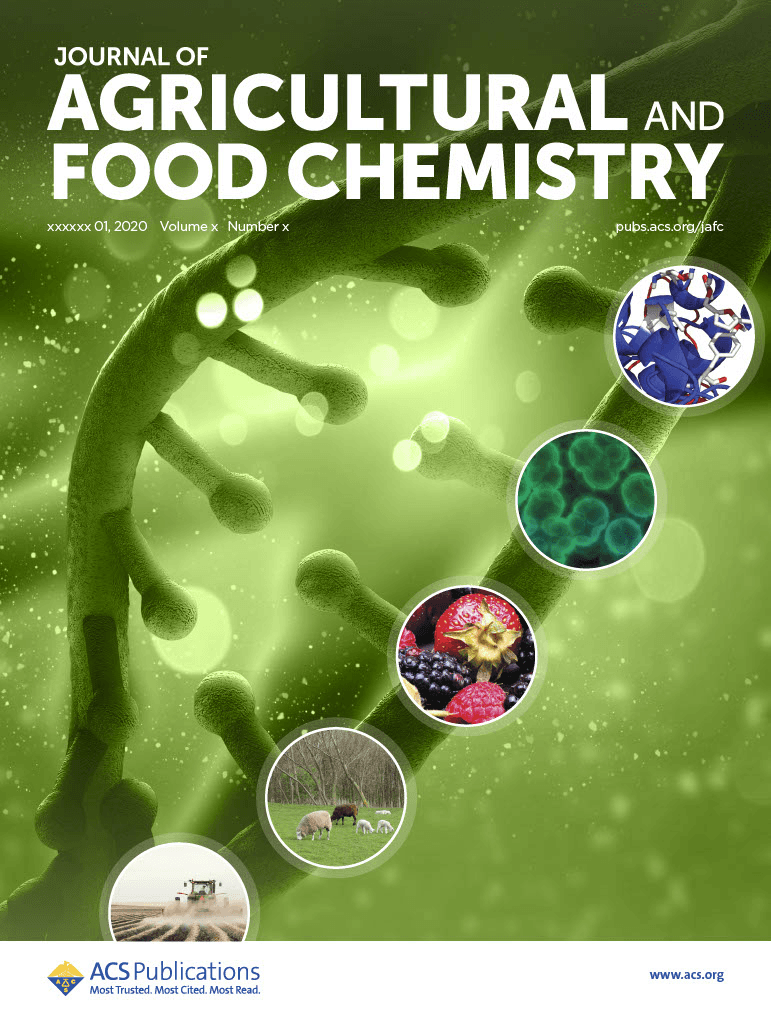Barrier-free access to peer-reviewed literature empowers chemists to refine flavor profiles and develop innovative formulations.

Developing a new food flavor involves more than just creating an appealing taste. Flavor chemists must identify which volatile compounds are responsible for key sensory characteristics. Once identified, they must predict how these flavor molecules interact with other ingredients, change during processing and storage, and comply with strict regulatory requirements.1 Because of this complexity, the food flavor industry draws on numerous scientific fields, including organic and analytical chemistry, biochemistry, and materials science.
Currently, the industry is undergoing rapid transformation driven by consumers and emerging technologies. Shifting consumer preferences are influencing manufacturers to replace their existing flavoring agents in favor of compounds that are more natural, health-conscious, heat-stable, or sustainably sourced, among other desirable qualities.2 These industry changes put pressure on flavor chemists to innovate faster, develop new techniques, and work with unfamiliar ingredients, such as alternative proteins, fermentation-derived compounds, or low-emission food sources. Although scientists can now leverage artificial intelligence (AI) to help predict flavors, profile aromas, and generate novel flavor molecules, these models are only as accurate as the scientific data used to train them.1
The Cost of Limited Literature Access
Flavor chemists must stay informed of the latest research findings to compete in this data-driven industry. However, many scientists cannot access the trustworthy literature they need, often buying articles individually or facing article access limits. Consequently, chemists may miss critical insights or spend excessive time piecing together information from outdated or incomplete sources, which can slow research and development timelines and delay the release of new products. Moreover, these approaches limit deep literature exploration, which hinders innovation and sound decision-making. For scientists in the food flavor industry, immediate and unrestricted access to comprehensive and reliable scientific knowledge has become a competitive edge.
Removing Barriers to Essential Flavor Research
To support the literature needs of chemists in the food flavor industry, ACS offers affordable, licensed access to their extensive portfolio of scientific journals and ebooks. These resources undergo a rigorous peer review process and must meet their high editorial standards, making ACS’s articles and chapters among the most read, cited, and trusted sources available. Their scientific content offerings cover a comprehensive range of subjects vital to flavor chemists, including agriculture and food chemistry, biological chemistry, organic chemistry, materials science, and analytical chemistry. Additionally, ACS provides flexible reading options, enabling scientists to peruse their content online or download PDFs for offline use.
With unrestricted access to ACS’s robust chemical research library, chemists can immediately learn about the latest food flavor breakthroughs and perform in-depth literature reviews without worrying about paying for individual articles or ebooks. By granting scientists the freedom to explore relevant literature without limits, ACS empowers flavor chemists to innovate more confidently, make new connections between their projects and recent findings, improve their AI models, and ultimately accelerate their work.
Recent Advances Shaping the Future of the Flavor Industry
ACS journals regularly publish groundbreaking research that deepens scientists’ understanding of flavor chemistry and highlights new approaches for modifying sensory experiences. For example, chemists devised a novel method using synthetic polymers to reduce the unpleasant smoky flavor and aroma of wines made from wildfire-exposed grapes.3 Scientists also revealed that kokumi peptides in sparkling wine provide this beverage with some of its desired characteristics, including its smoothness and rich flavor profile.4 Additionally, chemists recently identified compounds in chili peppers that lessen their perceived spiciness.5 While these studies give winemakers and food manufacturers the knowledge to refine and improve their products’ flavor profiles in the future, scientists could easily overlook such advances without barrier-free access to the literature. By placing trustworthy chemistry sources into scientists’ hands, ACS subscriptions represent a critical investment in the food flavor industry’s future.
Learn more about recent food flavor findings on ACS Axial:
- Improving the Flavor of Smoke-Tainted Wine With Polymers
- Bubbly and Complex: What Gives Sparkling Wines Their Rich Flavor?
- Beating the Heat: Researchers Identify Compounds in Peppers that Tame Spiciness
Inquire About Subscriptions
ACS Publications are home to the most trusted, most cited, and most read chemistry research, with more than 300 million downloads per year. A subscription to ACS content provides swift, direct access to a comprehensive suite of trusted scientific journals and books, all in one location, helping researchers overcome their toughest scientific challenges to drive research forward.
References
1. Queiroz, L. P. et al. Flavor engineering: A comprehensive review of biological foundations, AI integration, industrial development, and socio-cultural dynamics. Food Res Int. 2024;196:115100.
2. K. R. R. et al. Introduction to flavor and fragrance in food processing. In: Flavors and Fragrances in Food Processing: Preparation and Characterization Methods. Vol 1433. ACS Symposium Series. American Chemical Society, 2022, 1-19.
3. Huo, Y. et al. Amelioration of smoke taint in wine via addition of molecularly imprinted polymers during or after fermentation. J. Agric. Food Chem. 2024, 72, 32, 18121–18131.
4. Perenzoni, D. et al. Exploring putative kokumi oligopeptides in classic sparkling wines with a UHPLC-ESI-MS/MS targeted protocol. J. Agric. Food Chem. 2024, 72, 47, 26189–26208.
5. Borcherding, J. et al. Identification of chili pepper compounds that suppress pungency perception. J. Agric. Food Chem. 2025, 73, 21, 12917–12928.
